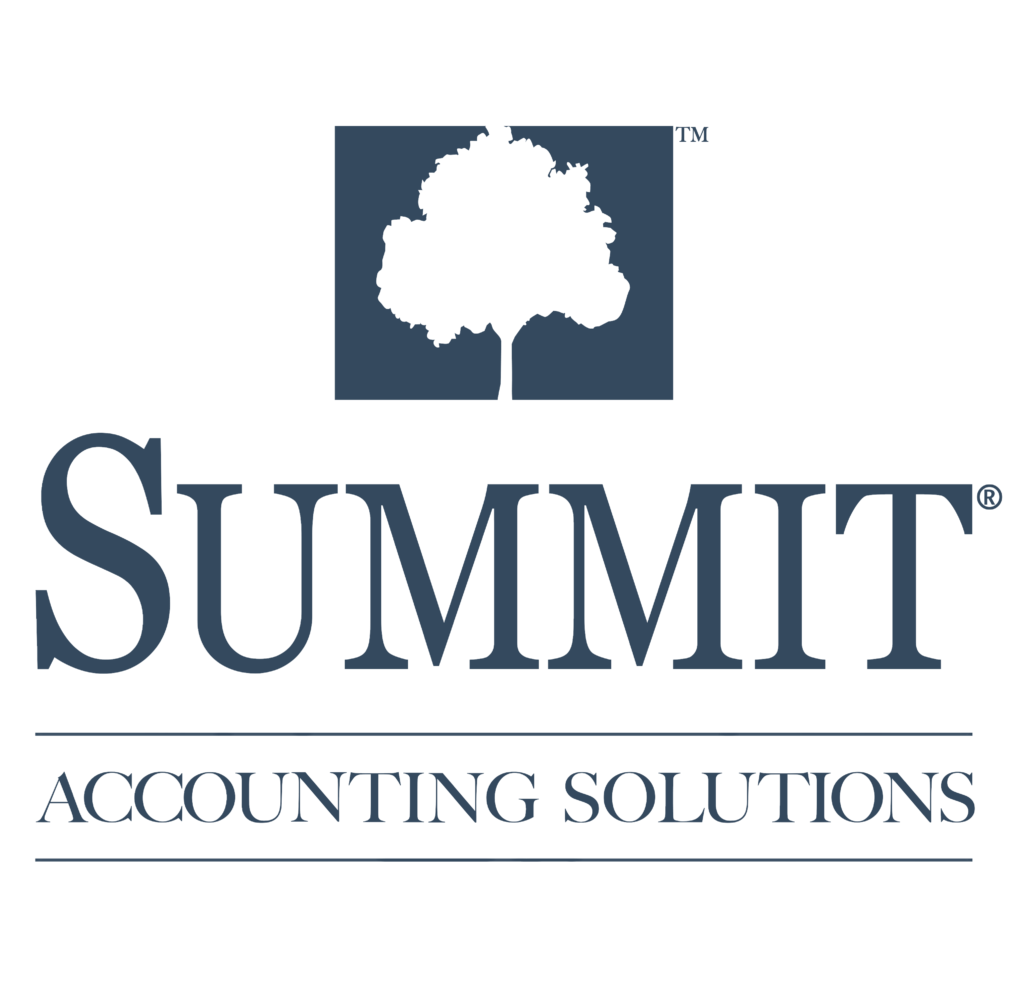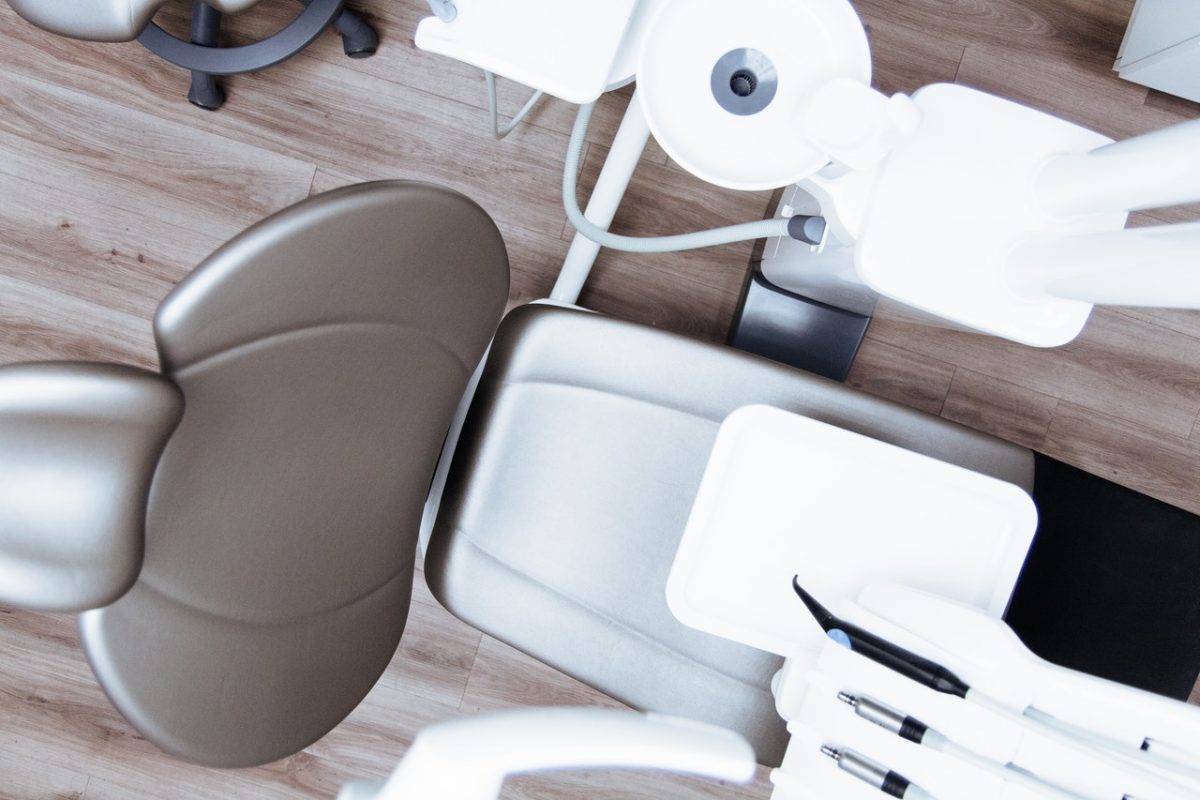On the morning of Thursday, April 16, the SBA announced that the $349 billion Paycheck Protection Program (PPP) was exhausted of funds and no longer taking applications. The Trump administration, House and Senate have communicated the possibility of further funding, but without a guarantee, this leaves business owners who waited to apply concerned.
However, even for those who did apply in time—knowing when and how to use the funds is equally as confusing. The SBA has yet to issue further guidance on the PPP forgiveness calculation, making it difficult for a business owner to make decisions without knowing when and how they can re-open, and without clear criteria around how the PPP loan will ultimately be forgiven.
Here are some strategy options regarding timing and what we know now:
Most practices have furloughed or laid-off all staff and have a skeleton crew working just a few hours a week. With little to no production or revenue, staff has been eliminated to reduce office expenses and conserve cash flow. Those who apply for the PPP loan now and receive funding are doing so with no clear indication of when, how or what it will look like when the business can re-open. This leaves a massive amount of uncertainty in the ability to have a significant portion of the PPP forgiven.
Most practices don’t yet know when they will be able to re-open. Most state dental societies have made a recommendation of at least April 30 to align with the ADA. Many states, counties and cities have shelter in place orders extending longer than April 30. It is important to understand your state of residency’s current orders, if they are aligned and understand that they could change.
Most practices do not have recommendations or regulations from the ADA or state dental societies on how it can re-open and if changes in current standards of practice will need to be made. There are likely to be new procedures on how you will be able to practice. It is not beyond the realm of possibility that there could be a three-month or longer ramp up period for the business.
The SBA has yet to issue further guidance on the PPP forgiveness calculation as indicated in a previous IFR. This new IFR, however, gives insight into what to expect. It is clear in this IFR that the SBA wants to further limit forgiveness benefits to business owners, so there is no windfall to them, and the loan to specifically support existing operations and employees.
Those who have received funding should begin a plan to spend out the proceeds in order to achieve maximum forgiveness. Begin to think about when to bring on more staff and when to have staff increase their hours and/or decrease their unemployment claims. After all, that is the main purpose of this program, to get people back to work and take the burden off of unemployment. Some businesses may wish to use the proceeds toward rent, debt service, utilities, and other expenses. Remember, even if you don’t achieve complete forgiveness, the loan at 1% could be amortized over an 18 month period after the 6 month deferral. Worst case is extremely cheap money. And if you don’t use it all, repay it with no penalties.
On April 14, 2020, the Small Business Administration (SBA) issued a new Interim Final Rule (IFR) on the Paycheck Protection Program (PPP) for sole proprietors and independent contractors. It feels as if each time a new IFR is released, benefits for business owners become increasingly narrowed.
The first piece of guidance released by the SBA is clarification on the loan amount that a sole proprietor may qualify for. The components to the loan calculation are as follows:
Owner compensation: This is calculated based on your 2019 1040 Schedule C, line 31 (net profit amount) and is capped at $100,000 annually.
Employee salaries: These include all gross wages paid to your employees shown on your Form 941, line 5c.
Health insurance: Employer paid health insurance contributions as shown on Schedule C, line 14
Retirement: Retirement contributions as shown on Schedule C, line 19. Importantly this does not include the owner’s portion of retirement contributions which are shown elsewhere on the tax return.
Taxes: State and local taxes assessed on employee compensation (primarily SUTA).
The above amounts are annualized and then divided by 12 before applying the 2.5x multiple to calculate the loan.
Additionally, the guidance states that a sole proprietor who is a partner in a partnership may not submit a separate PPP loan application as a self-employed individual. In this case the self-employment earnings would be applied for at the partnership level as a payroll cost up to a maximum of $100,000 annualized.
This is new guidance, so for those partnership clients that have already applied for a PPP loan; there is no clarification on how this will be remediated.
The guidance is clear that you must supply your 2019 Schedule C and 2019 Form 1099-MISC (if you receive this), detailing non-employee compensation received in order to apply for a PPP loan. This is required in order to substantiate the expenses that are being used to calculate your maximum loan amount. There is not much guidance for the sole proprietors who do NOT receive a 1099-Misc (think freelance artists, music teachers, cosmetologists. Our best advice would be to compile and be prepared to submit bank account records showing deposits that substantiate the figures on your Schedule C.
The Schedule C does not need to be filed, but it must be filled out and supplied to the lender to substantiate taking the loan. The SBA will release additional guidance for those self-employed individuals who were not in operation in 2019 but were in operation before February 15, 2020.
QUALIFIED EXPENSES FOR THE PPP LOAN FOR A SOLE PROPRIETOR
The proceeds of the PPP loan are to be used for:
Owner’s compensation up to $100,000, annualized as calculated by net profit (Schedule C, line 31)
· Employee payroll costs (as discussed in previous guidance)
· Mortgage interest payments on business obligations related to real or personal property
· Business rent payments and business utility payments
The guidance is unclear on rent paid to a related party (e.g. the owner of the dental practice also owns the dental building and rents back to the dental practice). It points to the interest on the mortgage being a qualified expense, but then later states the rent payment would be a qualified expense. We recommend awaiting further guidance before making an assumption in this case.
In order to use PPP money on an expense, you must have claimed a deduction or be entitled to claim a deduction on the expense on your 2019 Schedule C. This means if you use PPP money for a utility bill you must have claimed a deduction in 2019 for this similar expense.
EXPENSES ELIGIBLE FOR FORGIVENESS
The above expenses are eligible to spend PPP proceeds on. However, there is additional clarification on what is eligible for forgiveness. For employees (but not owners), salary up to $100,000 annualized is eligible for forgiveness. This is calculated on a weekly basis so only 8/52nds (8 weeks out of 52 weeks) will be eligible, or a maximum of $15,385 per employee.
The other eligible expenses of retirement contributions, health insurance premiums, rent, utilities and interest are also eligible to be forgiven. However, the guidance indicates that sole proprietors are only eligible to receive forgiveness of $100,000 maximum of Schedule C, line 31 for their own compensation. This means the $100,000 maximum is inclusive of retirement contributions and health insurance for owners only.
Additionally, it is noted that the above limitations are being imposed because Congress didn’t intend for the PPP loan to be a “windfall” for the owner of the business. The intention of the program was to keep workers paid. This statement in conjunction with the understanding that an expense had to be incurred in 2019 in order to be eligible likely means there will not be the opportunity to lump sum fund retirement contributions, salaries for employees, or deferred rent and utilities. This is not clearly stated in the guidance but can be assumed given the wording in the IFR.



You must be logged in to leave a reply.